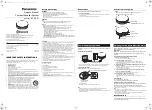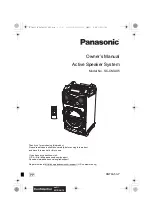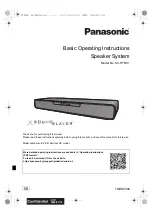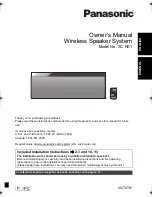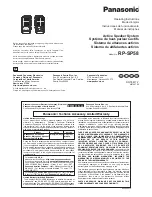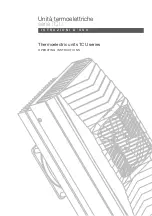
© Lampert Werktechnik GmbH
2012
4
3.2 HAZARDS AND PERSONAL BODY PROTECTION
Protective gloves should be worn on both hands
whenever possible when welding, as sparks and
spatters can never be completely excluded when
welding.
The protective gloves must not contain a
high proportion of easily melting plastic fibres.
Uncovered areas of the skin are exposed to UV radiation
produced during welding, which in extreme cases
(continuous welding) could cause sunburn.
Wear suitable clothing; do not wear articles of clothing
made with synthetic fibres.
The workpiece and electrode tip can become extremely
hot during welding operation - risk of burns.
The tip of the electrode fastened into the hand piece can
present a risk of injury (stab injuries and scratches e.g. to
the hands, face and eyes)
EYE PROTECTION WHEN WELDING:
Never look into the arc without eye protection; always use
a welding mask with certified protective glass. (min.
protection class 11)
In addition to light and thermal radiation, which can cause
dazzling and burning, the electric arc also emits UV
radiation. With insufficient protection this invisible
ultraviolet radiation causes very painful conjunctivitis,
which can first be noticed hours later.
The SM04 welding microscope with its integrated LCD
protective welding screen offers reliable protection against
these risks and
provides permanent protection from UV / IR rays in both
light and dark state. The protective class of the filter is
defined such that dazzling by the arc is effectively
prevented.
Persons who are nearby to the electric arc and assistants
must also be informed of the dangers and equipped with
the appropriate protection; if necessary set up protective
partition walls.
EYE PROTECTION WHEN OPERATING THE LED
ILLUMINATION:
Never look into the LED lamp or its reflections without
eye protection; always use a welding mask with
certified protective glass (min. protection class 3).
When welding, especially in small spaces, it is necessary
to ensure that there is an adequate fresh air supply as
smoke and hazardous gases can arise.
It is not permitted to carry out welding on containers that
have been used for storing gases, propellants, mineral oils
or similar, even if they have been empty for a long time, as
there is a
risk of explosions
caused by residues.
Particular regulations apply to fire and explosion
endangered spaces.
3.3
HAZARDS OF SHIELDING GAS CYLINDERS
Observe all applicable safety measures when
handling gas cylinders as well as the safety
regulations for handling gases. Gas tanks must especially
be secured against falling over / falling down and heat
(max. 50°C); it is particularly important to ensure they are
not subjected to sunlight for extended periods and that
they are protected from severe frost.
4. SETUP AND INSTALLATION
4.1 SET-UP OF THE DEVICE
The system is to be set up so that cooling air is able to
reach all of the surfaces of the housing without hindrance.
The device may not be covered! The device is to be
placed on a non-combustible surface! The device should
be set up on a base that is solid, level, and insulated -
ideally on a suitable workbench. Fasten the two hand
supports for the microscope with 2 Allen screws using the
supplied Allen key by inserting the screws into the
designated holes from underneath the microscope
baseplate and into the hand supports.





















